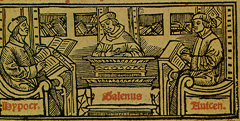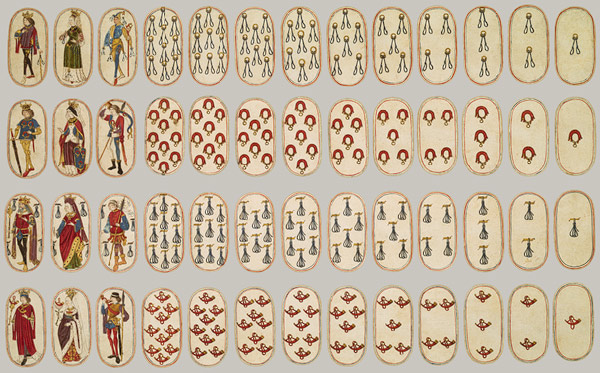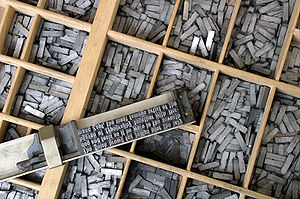Rise of Print
What changes with print? the look of a book: typeface, paratext
spread of knowledge and information the book business Printers, authors, illustrators Legal issues:
Privilege Index of Forbidden Books Development of markets
Rise and spread of print
Early printing: wood blocks
Paper Playing cards Religious prints
(Metropolitan Museum of Art. Burgundy, ca 1475-80)
EX: Biblia Pauperum
Movable Type: Johannes Gutenberg (Mainz) ca. 1440
1550 ca first press
1555 Bible
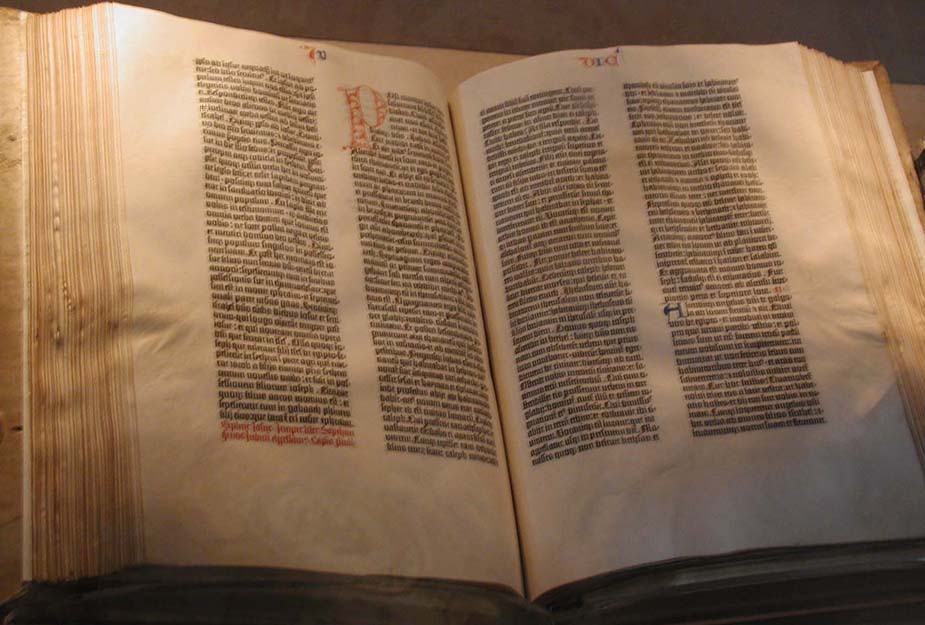 |
Gutenberg Bible. Copy at the Library of Congress
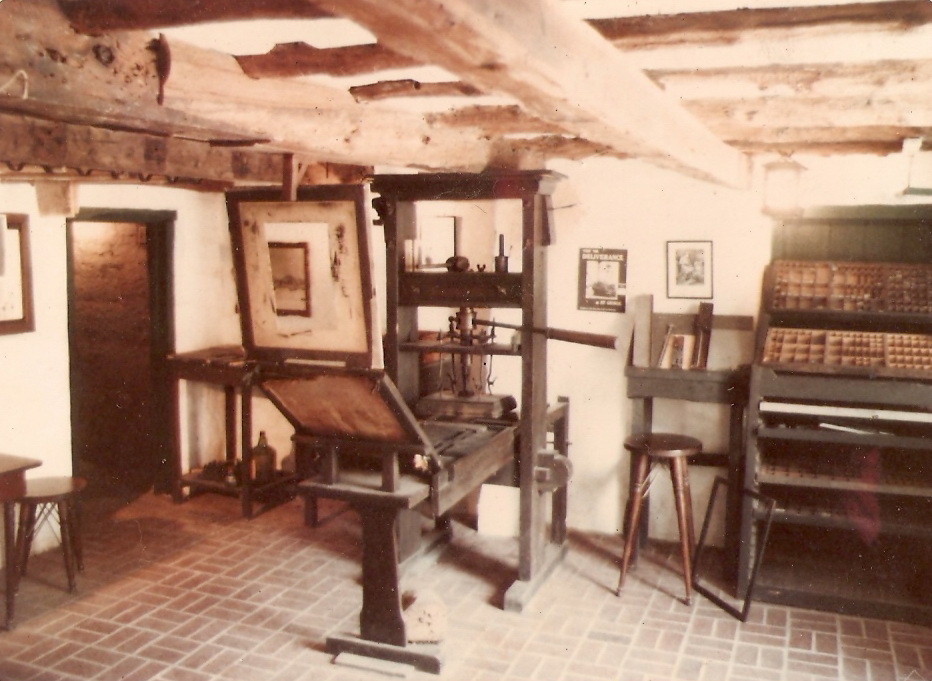
Replica of Gutenberg press, Featherbed Alley, Bermuda
Spread of printing: Italy: Subiaco
Conrad Sweynheym and Arnold Pannartz
Latin Grammar
Cicero, De oratore; Lactantius; St Augustine
1467 S & P move to Rome
1469 printing in Venice. Venice becomes printing center
urban literacy (demand)
authors, editors (supply)
distribution networks
Process of printing:
copy stick and type |
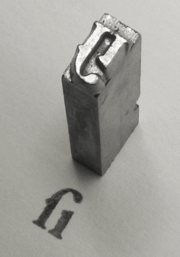 Garamond type ligature |
alphabet; punch; matrix—letters cast Letter cases (upper-lower): copy text; copy stick print runs: by 1500, ca 1000 investment Sales Printer’s bookshops Itinerants other shops Book fairs (ex: Frankfurt) Control of property?
privilege, begun by 1480s
Fonts and typefaces: Gothic, Roman
Aldus Manutius (1449-1515) humanist ed with Guarino, friend of Pico former student Alberto Pio (prince of Carpi) offers financial backing 1490: Venice. Cretan scholars
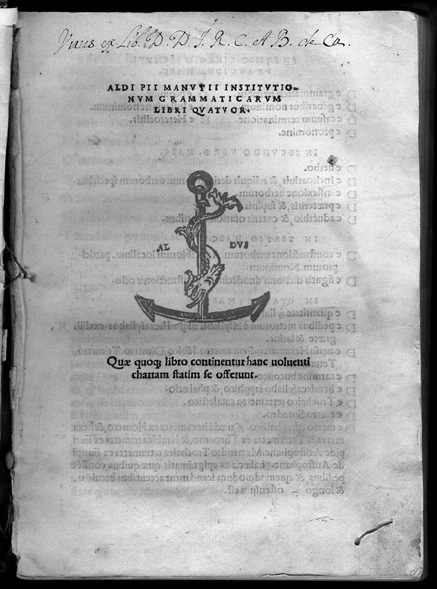 |
Aldus Manutius, Grammar |
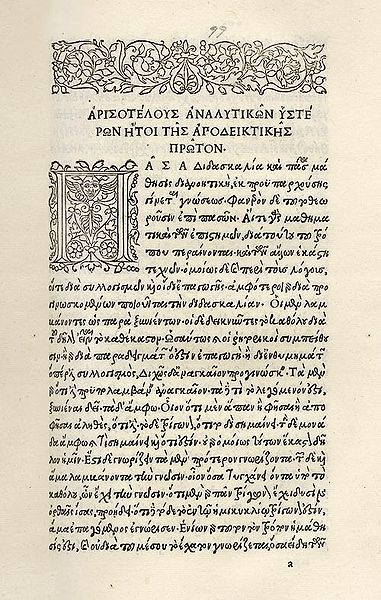
Aristotle, Politics
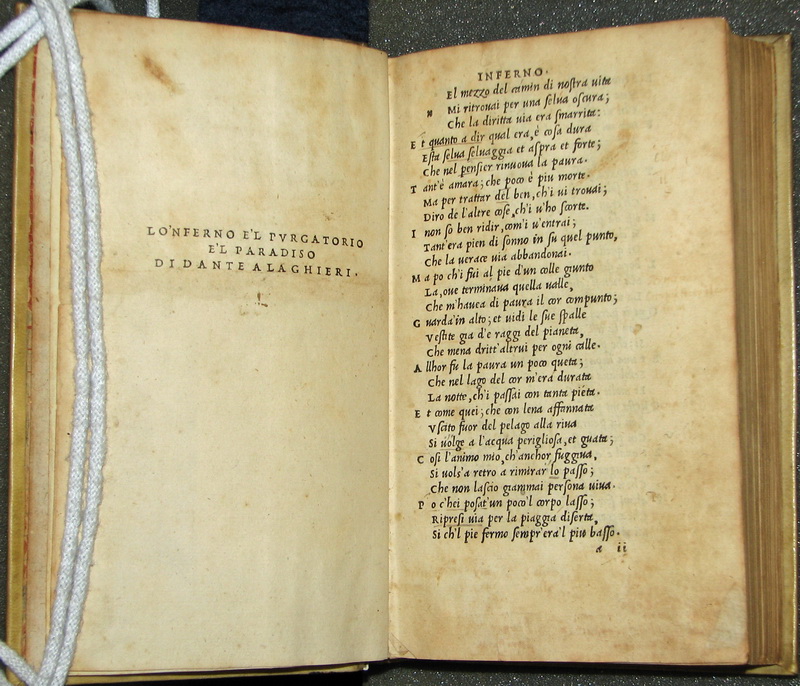 Dante, Commedia. Venice: Aldus, 1502. Italic type
Robert Estienne and Estienne Press
Robert 1503-1559
Bible edition (1527-28)
1531:Latin dictionary
connections with King
Royal privilege
King’s printer for Hebrew, Latin works 1539, Greek 1540
official typeface: 1541 Claude Garamond
Thesaurus linguae sanctae. Paris: Stephanus, 1548
Dante, Commedia. Venice: Aldus, 1502. Italic type
Robert Estienne and Estienne Press
Robert 1503-1559
Bible edition (1527-28)
1531:Latin dictionary
connections with King
Royal privilege
King’s printer for Hebrew, Latin works 1539, Greek 1540
official typeface: 1541 Claude Garamond
Thesaurus linguae sanctae. Paris: Stephanus, 1548
Christophe Plantin (1520-89)
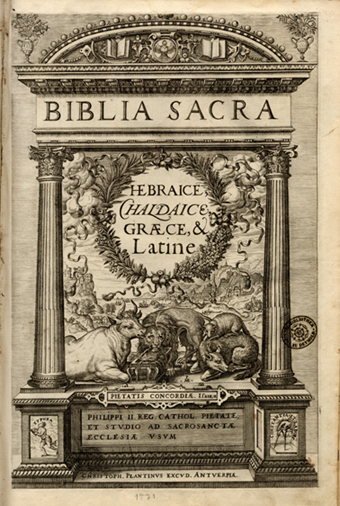
Plantin-Moretus Museum, Antwerp
Controls on new business
Privilege
England: Stationers Company (founded 1403)
1557 exclusive right to print in England
1586 print in London only except Oxford, Cambridge (1 press each)
1559: Roman Index of Forbidden Books
Market segmentation
Natural Philosophy, medicine
Ephemera
Legal notices
Music (double printing)
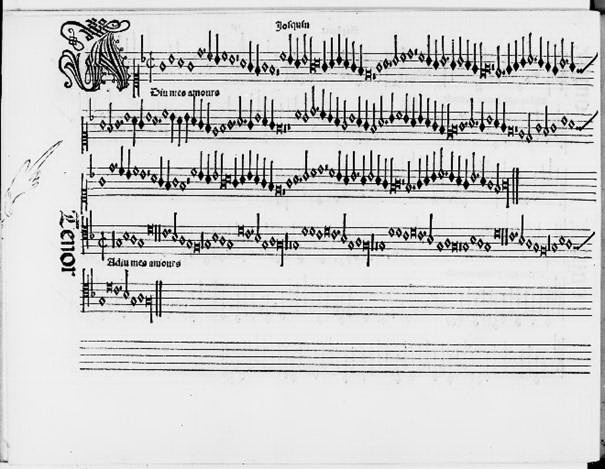
Josquin des Prez, Adieu mes amours. Harmonice Musices Odhecaton. Venice: Ottaviano Petrucci, 1501.
Calendars; Almanacs; manuals for home remedies; humor
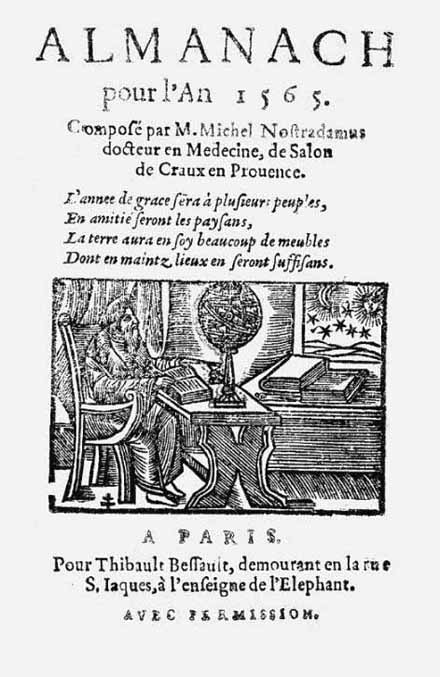 |
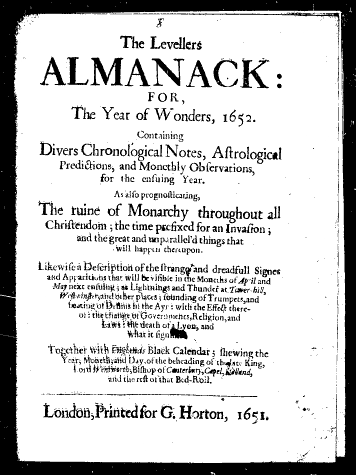 |
